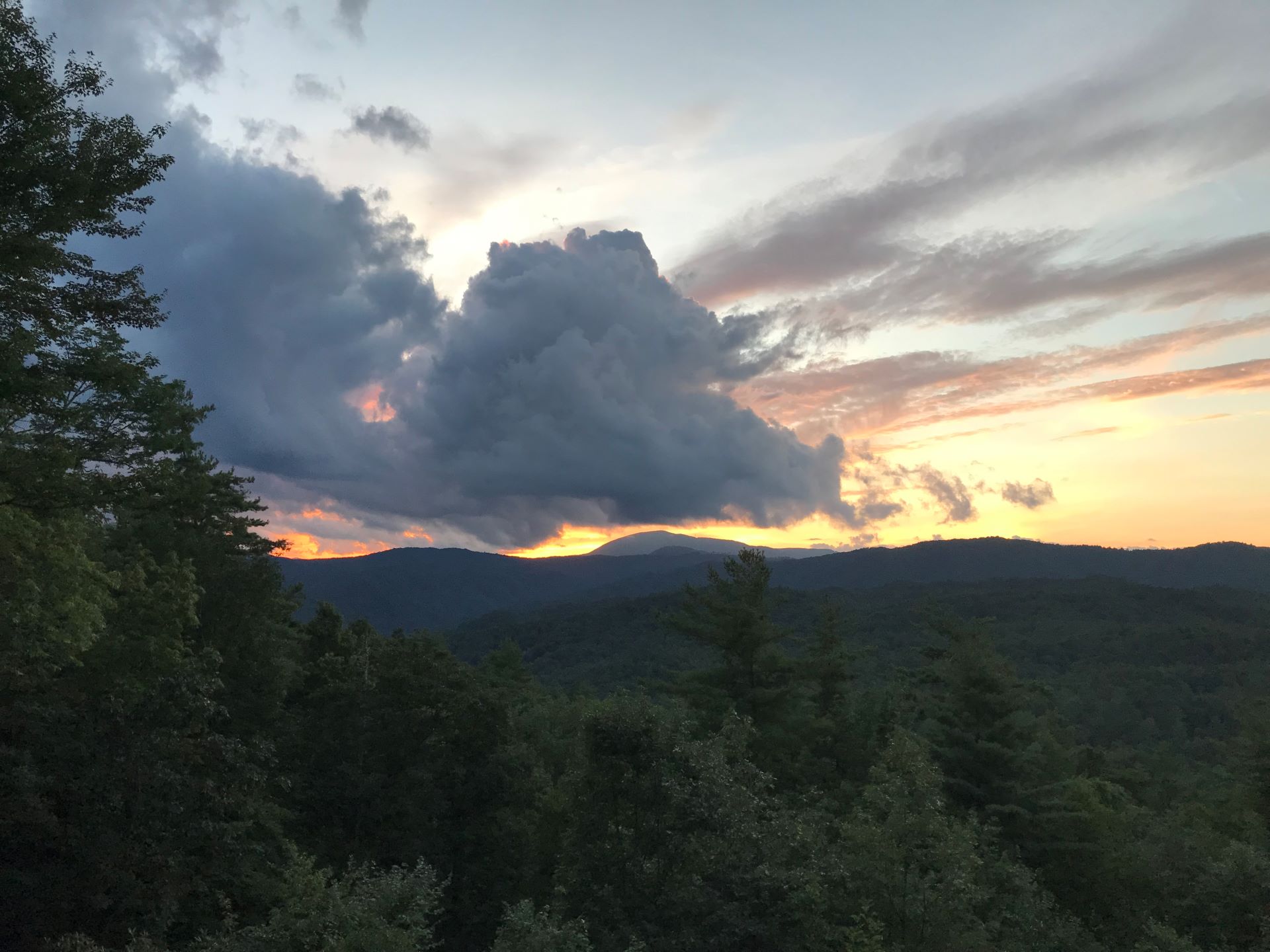Have you heard of mycelium?
Mycelium is the root-like structure of a fungus consisting of a mass of branching, thread-like filaments. I first learned about mycelium in the soil 30-odd years ago in landscape horticulture classes. My professors were geeked.
Research has since learned that these fine fibers comprise dense and massive underground communication and chemical networks that connect everything in a forest.
Virtually every living thing.
More ancient than we realized
Research also shows that the older and “mother” trees send nutrients through the mycelium network to seedlings, weaker and diseased trees. Dying trees bequeath their remaining nutrients into the network.
According to research published in 2020, the first mushrooms evolved on Earth between 715 and 810 million years and may have helped the first plants colonize land.
The origin and evolution of the kingdom Fungi—more commonly known as mushrooms—are still very mysterious. Only 2 percent of species have been identified, and their delicate nature means fossils are extremely rare and difficult to discern from other microorganisms. – Phys.org
Beatrix Potter studied mushrooms
Children’s author Beatrix Potter was fascinated by the fungal world. Potter produced beautiful and accurate botanical illustrations of mushrooms – and mycelia – by mounting them under a microscope. She wove the animals and plants she observed into whimsical characters and stories.
Potter became so fascinated by how mushrooms reproduced, not well understood at the time, that she began germinating her own spores. In 1897 a scientific paper documenting her theory and illustrated with her stunning illustrations was brushed aside and dismissed by the prestigious and sexist Linnaean Society in London. The Society issued “an apology of sorts” a century later.
I wonder what Potter would think of the current industrial focus on fungi roots.
- Packaging. Mycelium-based composite (MBC) materials could replace plastic and foam packaging. They compost quickly.
- Potential building materials. A low-carbon neutral material, MCBs can be grown into bricks and larger structures to create 100% bio-based structures.
- Mycelium-derived protein. Think meat alternatives.
- Mycelium-based leather. Biodegradable.
Wait. It gets weirder
What led me down this intriguing Beatrix Potter-style Peter Rabbit-hole?
“The Mycelium is Listening“, a song (of sorts) released a year ago.
Apparently, mycelium listens to us despite having no auditory organs. Research has determined that the network responds to low-resonance sounds, like drumming, and is stimulated to grow by sound waves. And is charged by lightning.
All of this?
I’m starting to think there may be more to A Tale of Peter Rabbit that meets the eye…and ear.
+3 Resources for You
Lots of mycelium reading. (I could keep going.)
Beatrix Potter, Mycologist: The Beloved Children’s Book Author’s Little-Known Scientific Studies and Illustrations of Mushrooms – With her gorgeous illustrations.
Four Promising Uses for Mycelium– Seriously interesting. I’m relieved they can grow it, not harvest it everywhere.
First Mushrooms Appeared Earlier Than Previously Thought
The Mycelium Revolution is Upon Us – A good overview.
Nature Is Always Listening: The Science of Mushrooms, Music, and How Sound Waves Stimulate Mycelial Growth– Be careful what you say while forest walking. Just sayin’.
2 Questions for You
Reflections, questions and ideas to break the digital spell.
1st Q: What are your favorite plants on the forest floor? Me: Moss. I’m growing a moss garden in the front of my house, or rather I’m letting the moss take over. It’s doing great, along with the weeds growing up through the moss.
2nd Q: Do you forage for mushrooms? Tell me more.
Hit reply and let me know what you discovered this week. I’ll use some of your feedback in next week’s newsletter (first name only.)
1 Action for You
One small step to start the change.
Talk a walk in the woods. Now that you know more about mycelium and mushrooms and what’s beneath the soil, does it seem different? Count how many different kinds of mushrooms you see.
Hit reply, let me know how it goes and I’ll include feedback in next week’s newsletter.
Nature View

“Study nature, love nature, stay close to nature. It will never fail you.” – Frank Lloyd Wright
